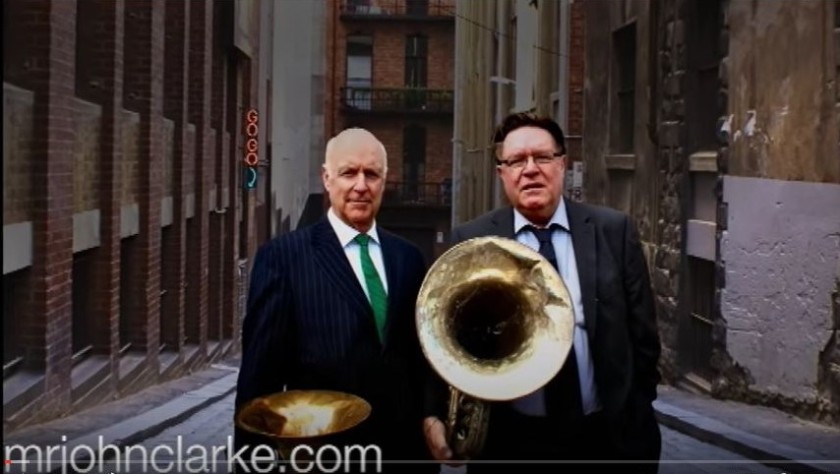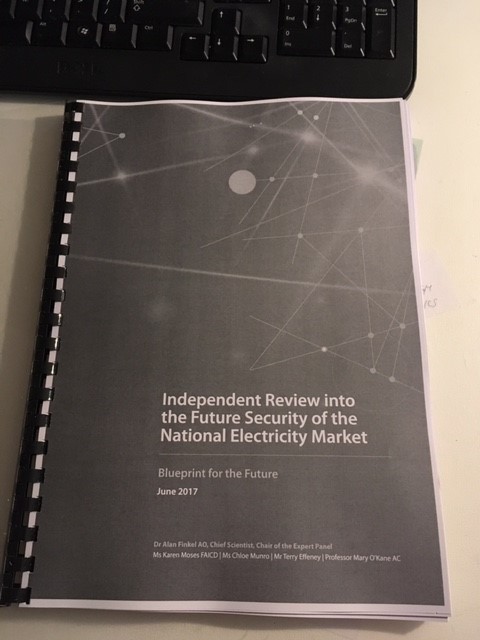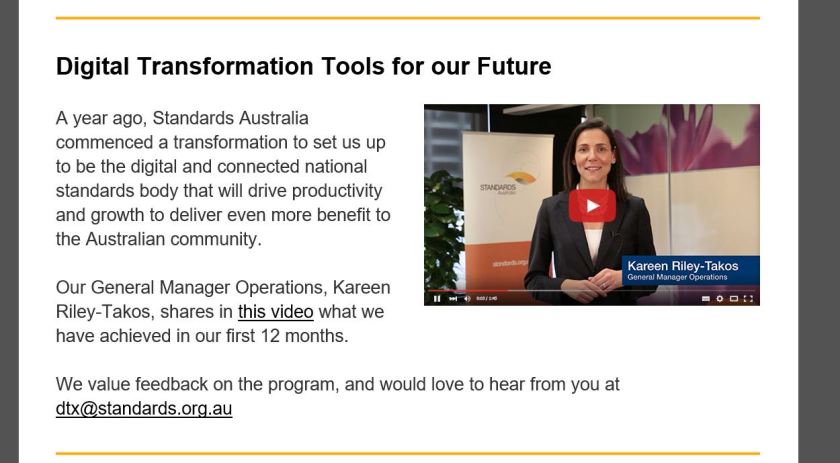Here is the latest on what’s happening with the currently active ME-038 standards:
- AS2885.6: Part 6 (the new SMS Part, about Safety Management Studies for Pipelines) went to the ME-038 Main Committee last week, for a 2-week review and approval to go to the 9-week Public Comment round. So, we are expecting/hoping to send Part 6 for Public Comment in early July. Part 6 encompasses all of the requirements for the SMS process for pipelines in all stages of its design and operation.
- AS2885.1: Part 1 (Design and Construction) is currently in between Standards and the Part 1 subcommittee for final drafting and reviews. It will probably go to the Main Committee in early July, and be out for Public Comment by mid or late July.
- AS2885.2: Part 2 (Welding) is kicking off another revision, with a first meeting involving Standards, at the end of July. A number of technical issues are on the agenda for that revision.
- AS2885.3: Part 3 (Operations and Maintenance) had an official kick-off meeting with Standards’ involvement last week. Part 3 has been under unofficial review since mid-2016, so we are hoping that the revision timeframe can be somewhat compressed and are still aiming to achieve a draft for Public Comment in 2017.
- AS2885.0: Part 0 (General requirements) will have an official kick-off meeting in August. The review and revision of Part 0 is not expected to be very extensive.
- AS3862 (External FBE Coating) – the amendment has been through Public Comment and will now move into Publication. Later this year, a full revision of AS 3862 will commence, in order to extend the standard from single layer to multi layer applications.
- AS4822 (Field Joint Coatings) – AS4822 has been revised and the Draft is in between Standards and the subcommittee for final editing prior to being released for Public Comment, some time in the next few weeks.







